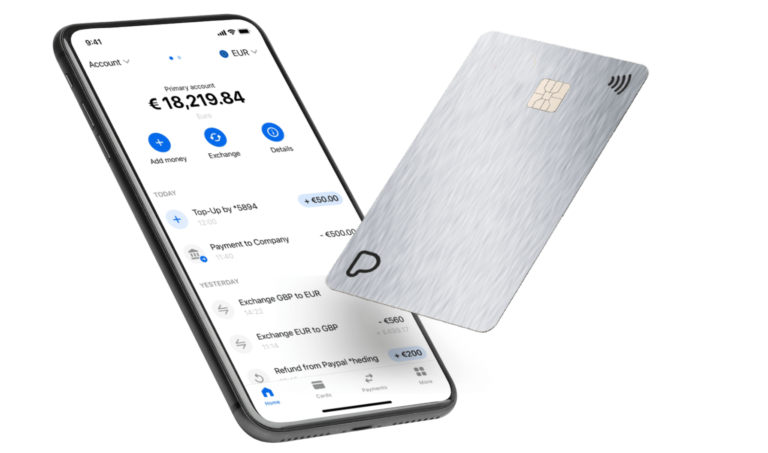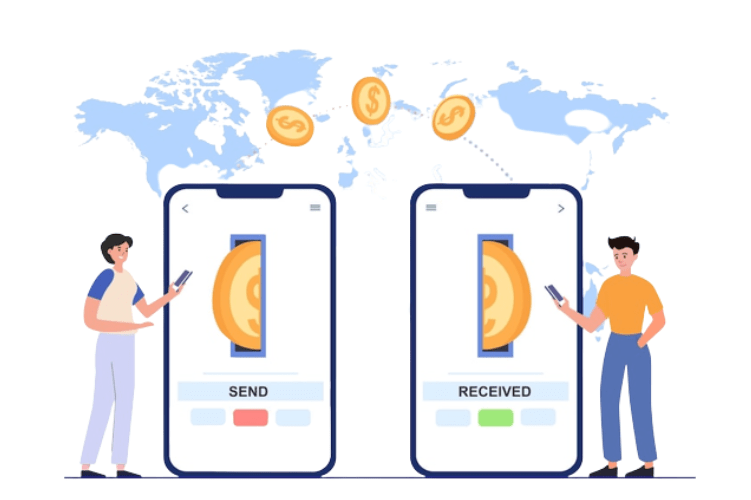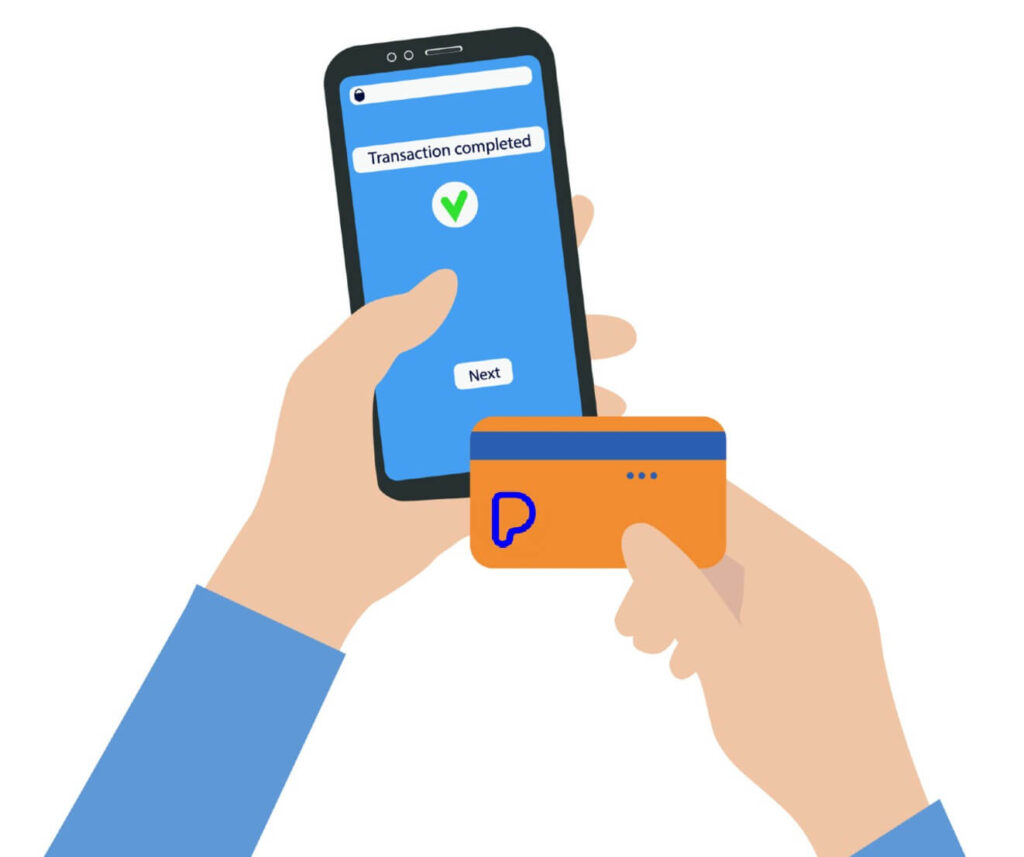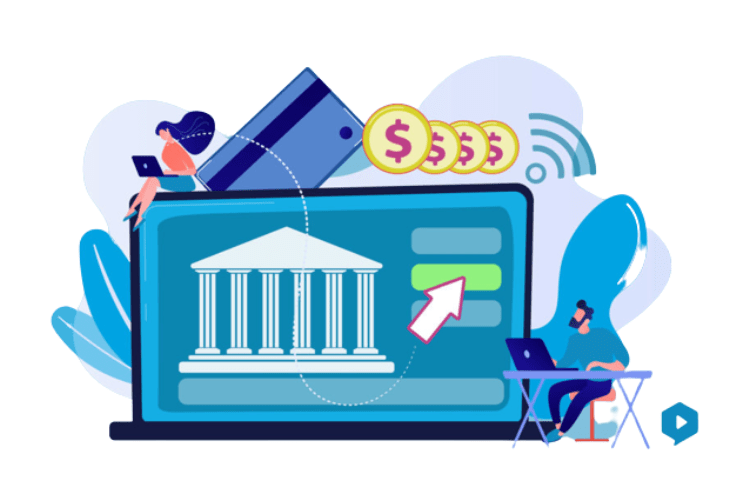Introduction
Cross-border payments have always been a crucial aspect of the global economy, facilitating trade and investment across different countries and regions. However, traditional cross-border payment methods, such as wire transfers and international checks, have long been criticized for their high costs, slow processing times, and lack of transparency. Fortunately, the digital age has brought about significant improvements to cross-border payments, making them faster, cheaper, and more secure than ever before. In this article, we will explore the benefits and challenges of cross-border payments in the digital age, and discuss how innovative payment solutions are transforming the way we conduct international transactions.
Benefits of Cross-Border Payments in the Digital Age
Increased speed and efficiency of payments
One of the most significant benefits of digital cross-border payments is the speed and efficiency with which transactions can be processed. Unlike traditional payment methods that can take several days or even weeks to complete, digital payments can be settled within minutes or even seconds, enabling businesses and individuals to conduct international transactions more quickly and easily. For example, platforms like PayPal and TransferWise allow users to send money to other countries almost instantly, without the need for intermediaries like banks or money transfer operators.
Lower transaction costs and fees
Another significant advantage of digital cross-border payments is the lower transaction costs and fees. Traditional payment methods are often associated with high fees, hidden charges, and unfavorable exchange rates, making them prohibitively expensive for many individuals and businesses. In contrast, digital payment platforms have disrupted the traditional cross-border payment market by offering more transparent and competitive pricing models.
Greater financial inclusion for individuals and businesses in developing countries
Digital cross-border payments have the potential to promote greater financial inclusion for individuals and businesses in developing countries. In many parts of the world, traditional banking services are either inaccessible or too expensive for most people, leaving them outside the formal financial system. Digital payment platforms have the potential to bridge this gap by providing low-cost, easy-to-use payment solutions that can be accessed via a mobile device or computer. For example, the mobile payment platform M-Pesa has been instrumental in bringing financial services to millions of people in Kenya and other African countries.
Enhanced security and transparency of transactions
Digital cross-border payments are also generally more secure and transparent than traditional payment methods. Digital payment platforms use advanced encryption technologies to protect user data and transactions from cyber threats, while also providing real-time updates and notifications that allow users to track their payments from start to finish. This level of transparency and security is particularly important in the context of cross-border payments, where the risks of fraud, money laundering, and other financial crimes are higher.
Improved cross-border trade and investment
Finally, digital cross-border payments have the potential to improve cross-border trade and investment by reducing the costs and complexities associated with international transactions. By making it easier and more affordable for businesses to conduct cross-border transactions, digital payment platforms can facilitate the growth of international trade and investment, which in turn can lead to greater economic development and prosperity.
Challenges of Cross-Border Payments in the Digital Age
Despite the many benefits of digital cross-border payments, there are also several challenges that must be addressed to ensure their widespread adoption and success. Some of the key challenges include:
Regulatory and compliance issues
Digital cross-border payments are subject to a complex web of regulations and compliance requirements, which can vary significantly from one country to another. This can create significant barriers to entry for payment providers and increase the costs and complexities of conducting cross-border transactions. For example, payment providers must comply with anti-money laundering (AML) and know-your-customer (KYC) regulations, which can be particularly challenging in countries with weaker regulatory frameworks. Moreover, there is a lack of standardization and harmonization of regulations across different jurisdictions, which can lead to confusion and uncertainty for payment providers and users alike.
Lack of standardization and interoperability among different payment systems
Another significant challenge facing digital cross-border payments is the lack of standardization and interoperability among different payment systems. In many cases, payment providers use proprietary systems that are not compatible with other systems, making it difficult for users to transfer funds across different platforms. This lack of interoperability can create significant inefficiencies and barriers to entry for payment providers, limiting the overall adoption and impact of digital cross-border payments.
Cybersecurity threats and fraud
Digital cross-border payments are also vulnerable to cybersecurity threats and fraud, which can compromise the security and integrity of transactions. Payment providers must take steps to protect user data and transactions from hacking, phishing, and other cyber threats, which can be particularly challenging in the context of cross-border payments. Moreover, fraudsters can exploit vulnerabilities in digital payment systems to conduct illicit activities such as money laundering and terrorist financing, highlighting the importance of robust fraud prevention and detection measures.
Foreign exchange risks and volatility
Another challenge facing digital cross-border payments is foreign exchange risks and volatility. Digital payment platforms typically convert currencies at prevailing exchange rates, which can fluctuate rapidly and unpredictably. This can result in significant losses or gains for users, depending on the direction of the exchange rate movement. Moreover, some payment providers may apply unfavorable exchange rates or hidden fees to increase their profits, creating further challenges for users who are looking for transparent and cost-effective cross-border payment solutions.
Limited access to digital infrastructure in some regions
Finally, digital cross-border payments face the challenge of limited access to digital infrastructure in some regions. While digital payments have become increasingly ubiquitous in many developed countries, they remain less accessible in some developing countries or remote areas with poor digital connectivity. This can limit the reach and impact of digital cross-border payments, particularly for individuals and businesses in these regions who are most in need of affordable and efficient payment solutions.

In addition to the challenges mentioned above, there are other factors that can impact the success of digital cross-border payments in the global economy. For example, cultural and language barriers can make it difficult for businesses and individuals to navigate the complex landscape of cross-border payments, particularly when dealing with different currencies and regulatory frameworks. Lack of trust in digital payment systems, particularly in regions where cash remains the dominant form of payment, can also hinder the adoption of digital cross-border payments.
Furthermore, technological advancements in the field of cross-border payments can also create both opportunities and challenges. For example, the rise of blockchain technology and cryptocurrencies has the potential to revolutionize the way we conduct cross-border transactions, by providing a decentralized, secure, and transparent platform for payments. However, the complexity of blockchain technology and the regulatory uncertainty surrounding cryptocurrencies can also create significant barriers to adoption and limit their widespread use.
Overall, digital cross-border payments have the potential to bring significant benefits to individuals and businesses across the world, by improving the speed, efficiency, and security of cross-border transactions. However, addressing the challenges of regulatory compliance, standardization and interoperability, cybersecurity, foreign exchange risks, and limited digital infrastructure will be critical to ensuring their widespread adoption and success in the global economy.
How can Payine help you?
Payine is a payment platform that can help businesses and individuals navigate the benefits and challenges of cross-border payments in the digital age. By leveraging innovative payment solutions and advanced technology, Payine can help users take advantage of the benefits of digital cross-border payments, while also addressing the challenges that come with this mode of payment.
Increased speed and efficiency of payments
Payine can help users achieve faster and more efficient cross-border payments through its streamlined payment processing system. With Payine, users can make instant transfers to other countries without the need for intermediaries like banks or money transfer operators. This allows businesses and individuals to conduct international transactions more quickly and easily, while also reducing the processing time and costs associated with traditional payment methods.
Lower transaction costs and fees
Payine’s competitive pricing model can help users save money on cross-border payments. Unlike traditional payment methods that are often associated with high fees, hidden charges, and unfavorable exchange rates, Payine offers transparent and affordable pricing for international transfers. Payine’s pricing is typically much lower than the fees charged by banks and other financial institutions, making it an attractive option for businesses and individuals looking to reduce their payment processing costs.
Greater financial inclusion for individuals and businesses in developing countries
Payine’s easy-to-use payment solutions can help promote financial inclusion for individuals and businesses in developing countries. With its low-cost, mobile-friendly payment platform, Payine can provide access to financial services for millions of people who are currently outside the formal financial system. By enabling easy and affordable cross-border payments, Payine can help drive economic growth and development in these regions.
Enhanced security and transparency of transactions
Payine’s robust security features and real-time notifications can help users feel secure and confident in their cross-border payments. Payine uses advanced encryption technologies to protect user data and transactions from cyber threats, while also providing real-time updates and notifications that allow users to track their payments from start to finish. This level of transparency and security is particularly important in the context of cross-border payments, where the risks of fraud, money laundering, and other financial crimes are higher.
Improved cross-border trade and investment
Payine’s digital cross-border payment solutions can help businesses facilitate international trade and investment by reducing the costs and complexities associated with international transactions. By making it easier and more affordable for businesses to conduct cross-border transactions, Payine can help facilitate the growth of international trade and investment, which in turn can lead to greater economic development and prosperity.
Challenges of Cross-Border Payments in the Digital Age
Payine can also help users address the challenges that come with digital cross-border payments. For example, Payine can help users navigate the complex web of regulatory and compliance issues by ensuring that it complies with AML and KYC regulations across different jurisdictions. Payine can also help users address the lack of standardization and interoperability among different payment systems by working to integrate its platform with other payment systems and networks.
Payine’s advanced fraud prevention and detection measures can also help users mitigate the risks of cyber threats and fraud. By monitoring transactions for suspicious activity and implementing strict security protocols, Payine can help prevent fraud and keep users’ data and transactions secure.
Finally, Payine can help users address the challenge of limited access to digital infrastructure in some regions by offering a mobile-friendly payment platform that can be accessed from anywhere with an internet connection. This can help expand access to digital payments for individuals and businesses in developing countries or remote areas with poor digital connectivity.
In conclusion, Payine can help businesses and individuals navigate the benefits and challenges of cross-border payments in the digital age. By offering fast, affordable, and secure cross-border payment solutions, Payine can help businesses and individuals conduct international transactions more easily and efficiently, while also addressing the challenges that come with this mode of payment.




